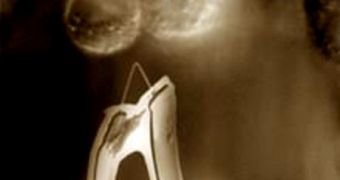New advancements in science finally allowed investigators to create small transistors that can easily collect chemical and electrical readings from inside living cells.
The biological probes (bioprobes) are basically biocompatible nanometer-scaled transistors that are extremely sensitive to the various signals constantly being transmitted inside cells.
The devices were created by a team of investigators from the Harvard University, Technology Review reports. The group says that the new approach provides a lot more sensitivity than the passive electrodes used in the past for the same job.
“They've demonstrated very impressive intracellular signal detection,” explains Stanford University professor of materials science and engineering Yi Cui.
He was previously a member of the team working in Harvard chemistry professor Charles Lieber's lab. The group here is responsible for the recent advancements in sensor technologies.
The bioelectronic devices the team is working with are so sensitive because they take advantage of the fact that transistors are able to both send and receive signals.
The new, three-dimensional electronic probes “these could be used for electrophysiology experiments to study the nervous system in a detailed way over long periods of time, or for cell-based drug screens, especially for cardiac drugs,” Lieber argues.
In addition to applications in remote biosensing, the new technology could also be used to facilitate prosthetics technologies of the future.
Science tends to strive for creating robotic arms and legs that could replace the functionality of lost limbs with great success.
However, in order for that to be possible, the devices need to pick up on the electrical signals sent by the brain through the spinal cord.
Using the nanoscale transistors, scientists could develop electricity harvesting networks that could be a lot more sensitive to these small signals than existing technologies.
This would allow for prosthetics to be better integrated into the human body, restoring evne more functionality to the affected limb.

 14 DAY TRIAL //
14 DAY TRIAL //